The School Furniture Market is characterized by a dynamic competitive landscape where innovation and sustainability are at the forefront of industry trends. With the increasing investment in education and an emphasis on creating conducive learning environments, the demand for ergonomic, flexible, and durable school furniture has surged.
Manufacturers are increasingly focusing on adopting advanced materials and design concepts that enhance the learning experience, align with modern educational practices, and promote collaboration among students.
The market is influenced by various factors, including governmental policies, urbanization trends, and evolving educational methodologies. As educational institutions prioritize the integration of technology in classrooms, the furniture market is adapting by incorporating tech-friendly designs, thus increasing competition among key players.
K SA has established a strong presence within the School Furniture Market by focusing on quality and customization that meet diverse educational needs. With a reputation for creating innovative and multifunctional furniture solutions, K SA leverages advanced manufacturing techniques and high-quality materials to deliver products that promote comfortable and interactive learning experiences.
The company is recognized for its ability to respond quickly to market demands, ensuring that educational institutions receive tailored solutions that align with their specific requirements. Furthermore, K SA emphasizes sustainability in its product design and development processes, catering to the growing demand for eco-friendly options in the school furniture segment. This strategic approach positions K SA as a formidable competitor, enhancing its market share and brand recognition.
Herman Miller is well-regarded in the School Furniture Market, primarily due to its commitment to ergonomic design and functionality. The company integrates research and knowledge of educational environments to create furniture that fosters effective learning conditions. Herman Miller's product lines are designed with flexibility in mind, allowing schools to adapt their layouts to various teaching styles and classroom activities.
The emphasis on collaboration is evident in the innovative designs that promote group work and interactive learning experiences. Moreover, Herman Miller's strong focus on sustainability resonates with educational institutions seeking environmentally responsible products, further enhancing its market appeal.
The brand's legacy of quality and design excellence solidifies its reputation as a leader in the school furniture industry, making it a preferred choice among educational establishments looking to invest in high-quality, durable furniture solutions that meet contemporary learning demands.


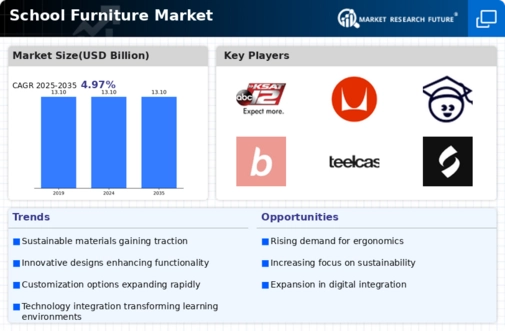

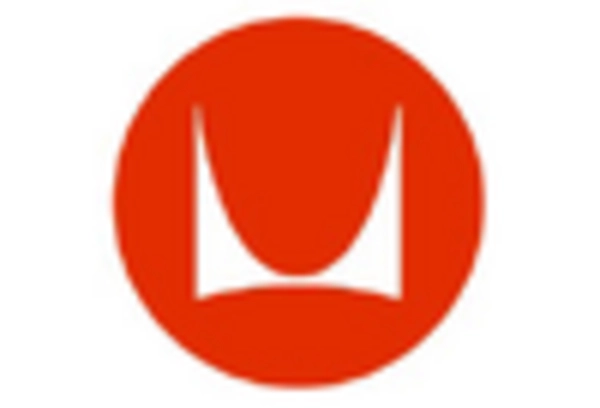
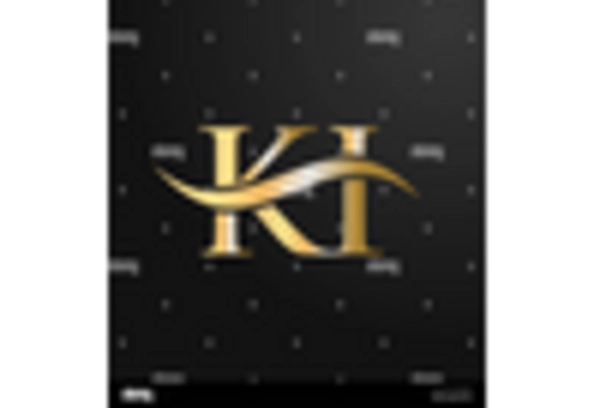


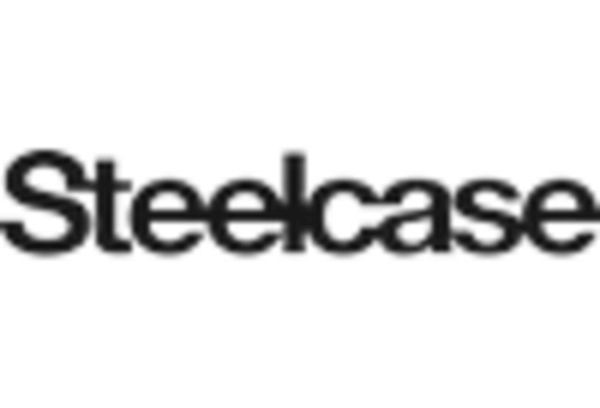
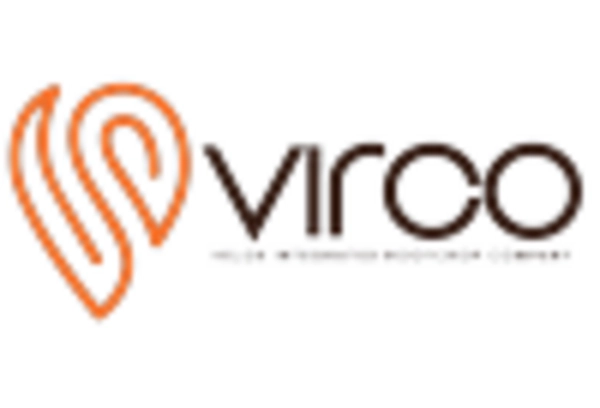








Leave a Comment